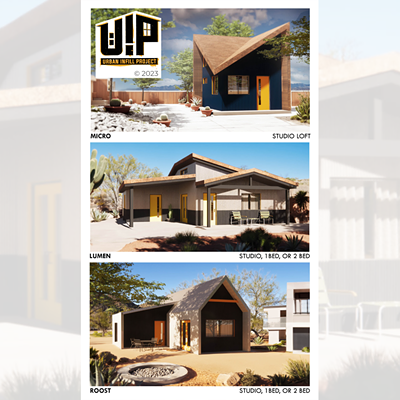
In recent years, Pima County has directed its resources to the shrinking Santa Cruz River. One group is documenting these efforts, inspiring others to support the water system that has sustained the valley for generations.
According to the Sonoran Institute’s lead ecologist and program manager, Claire Zugmeyer, this was the start of A Living River magazine.
“With this series, we’re demonstrating how the release of high-quality effluent (reclaimed water) into the river… enhances this important corridor for people and nature,” Zugmeyer said.
On Sept. 30, the Sonoran Institute will release its annual magazine to inform the public on Santa Cruz River conditions.
The organization has partnered once again with Pima County and local municipal departments to develop a colorful, concise and bilingual report on Southern Arizona’s vibrant water system.
Along with the research, the Sonoran Institute will include photo submissions from the community in the magazine. Madeleine Oliver, the institute’s program manager for the Santa Cruz River program, believes this element will encourage people to rediscover the river and all its beauty.
“We want to give people an opportunity to share what they really love and appreciate about this flowing Santa Cruz River,” Oliver explained. “Be it wildlife, plant life or the various ways they make use of it.”
The Institute publishes two reports each year on Santa Cruz River conditions: one in Santa Cruz County and the other in Pima County. The northern report focuses on the water flowing from Tucson to Marana, and will document updates from Oct. 1, 2021, to Sept. 30, 2022.
This issue’s theme explores the “technology and tools used to care for the river,” including artificial intelligence to improve water reclamation and “Rapid Recruiter” seed mix to restore natural vegetation.
“Pima County is using tools which have proven to save energy costs associated with wastewater treatment,” Zugmeyer said. “We’re not only producing clean water; technology is helping us to do it.”
While the first report was released in 2008, the series expanded when the Institute partnered with Pima County and the Regional Flood Control District in 2012 and then the city of Tucson in 2020.
“The Living River report started as an effort to track river health,” Zugmeyer noted. “Working with Pima County and Tucson Water, we’ve expanded upon that, (detailing) what happens to the river when we invest in it.”
A Living River began to feature initiatives that improved water conditions and an overall respect for the river biome. Over the years, it’s followed water reclamation efforts including Tucson Water’s Santa Cruz River Heritage Project.
This year’s report also discusses the impact of group cleanups and the return of ancestral land to the Tohono O’odham Nation.
“Over time, the report has included more of these management and policy efforts… and the community connections that are so important,” Oliver said. “This report is really the foundation of our effort to connect people through the river.”
The series is meant to inform and engage the community with a water system that has nourished the valley for centuries. While it contains research from the institute and county, A Living River will also feature photos of the Santa Cruz from residents.
The Institute will accept submissions through social media posts that tag the Sonoran Institute or via email at scrphoto@sonoraninstitute.org.
“The Santa Cruz has many more treasures and secrets to share than we’ve covered so far,” Oliver said. “We’re hoping to connect with our readers and put more of the community, around and along the river, directly into the report.”
A Living River magazine will be free to the public in print and online. Those residing along the river can expect a shortened direct mailer, while the extended report will be uploaded to the Sonoran Institute’s website. Copies are also available in English and Spanish.











